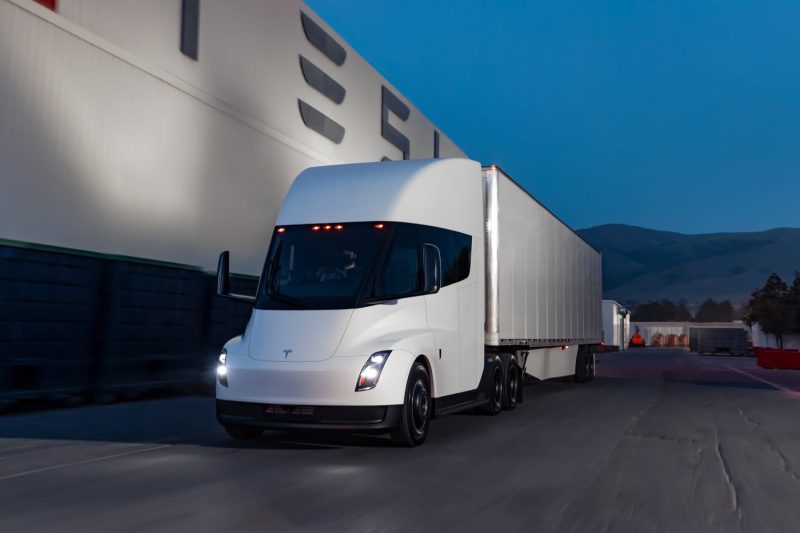Tesla Semi Fire in California Took 50,000 Gallons of Water to Extinguish
The recent incident involving a Tesla Semi fire in California has raised concerns about the safety of electric vehicles, specifically in the context of fires and emergencies on the road. The fire, which occurred on a highway in the state, required a significant amount of water to extinguish, highlighting the unique challenges and considerations that come with firefighting involving electric vehicles.
The Tesla Semi, known for its innovative electric propulsion technology, caught fire while in transit in California, prompting emergency response teams to act swiftly to contain the situation. Firefighters faced the challenge of dealing with a fire involving a high-voltage electric vehicle, requiring specialized knowledge and equipment to safely extinguish the flames.
One of the notable aspects of this incident was the sheer amount of water needed to put out the fire. Reports indicate that approximately 50,000 gallons of water were used to extinguish the blaze, underscoring the complexities of dealing with fires in electric vehicles. Unlike traditional combustion engine fires, which are typically fueled by gasoline or diesel, electric vehicle fires pose unique challenges due to the presence of high-voltage battery packs that can reignite if not properly managed.
In response to the growing popularity of electric vehicles, first responders and emergency services are increasingly incorporating specialized training and protocols for dealing with incidents involving electric vehicle fires. These efforts aim to enhance safety for both responders and the general public, ensuring that effective strategies are in place to mitigate risks associated with electric vehicle emergencies.
The incident involving the Tesla Semi fire in California serves as a reminder of the importance of ongoing research and development in the realm of electric vehicle safety. As the automotive industry continues to transition towards electrification, it is crucial to address the specific challenges and considerations that come with this technological shift. By investing in training, equipment, and protocols tailored to electric vehicle emergencies, stakeholders can better prepare for and respond to incidents like the one in California.
In conclusion, the Tesla Semi fire in California highlights the evolving landscape of emergency response in the age of electric vehicles. As the industry continues to innovate and grow, it is imperative that stakeholders work collaboratively to enhance safety standards and practices to effectively address the unique challenges posed by electric vehicle incidents. By learning from incidents like this and implementing evidence-based strategies, we can foster a safer environment for the future of electric transportation.
